The sheddase ADAM10 is a potent modulator of prion disease
- PMID: 25654651
- PMCID: PMC4346534
- DOI: 10.7554/eLife.04260
The sheddase ADAM10 is a potent modulator of prion disease
Abstract
The prion protein (PrP(C)) is highly expressed in the nervous system and critically involved in prion diseases where it misfolds into pathogenic PrP(Sc). Moreover, it has been suggested as a receptor mediating neurotoxicity in common neurodegenerative proteinopathies such as Alzheimer's disease. PrP(C) is shed at the plasma membrane by the metalloprotease ADAM10, yet the impact of this on prion disease remains enigmatic. Employing conditional knockout mice, we show that depletion of ADAM10 in forebrain neurons leads to posttranslational increase of PrP(C) levels. Upon prion infection of these mice, clinical, biochemical, and morphological data reveal that lack of ADAM10 significantly reduces incubation times and increases PrP(Sc) formation. In contrast, spatiotemporal analysis indicates that absence of shedding impairs spread of prion pathology. Our data support a dual role for ADAM10-mediated shedding and highlight the role of proteolytic processing in prion disease.
Keywords: ADAM10; infectious disease; microbiology; mouse; neurodegeneration; neuroscience; prion disease; proteolytic processing; shedding.
Conflict of interest statement
The authors declare that no competing interests exist.
Figures



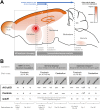



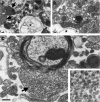
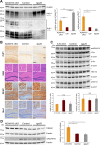




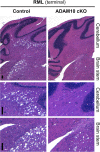

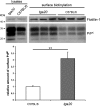
References
Publication types
MeSH terms
Substances
LinkOut - more resources
Full Text Sources
Molecular Biology Databases
Research Materials

